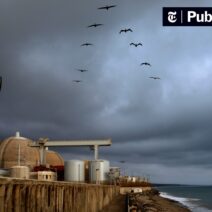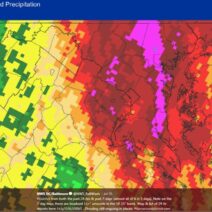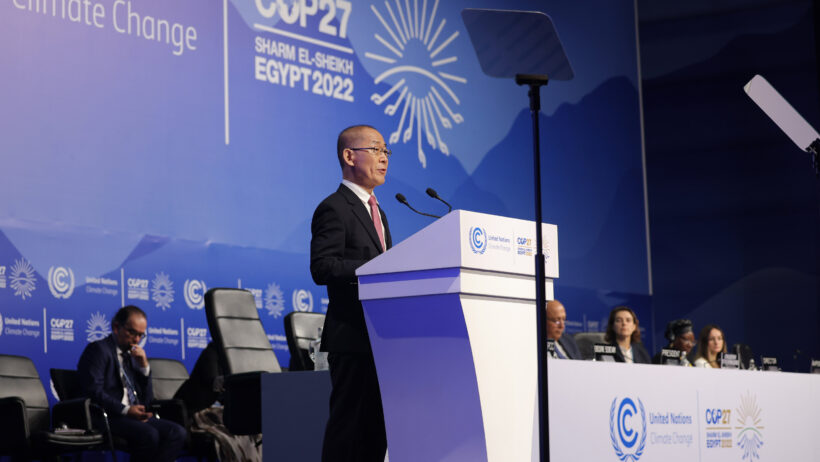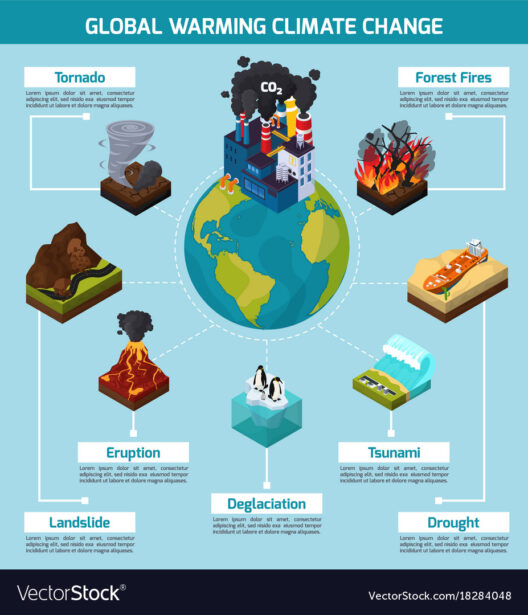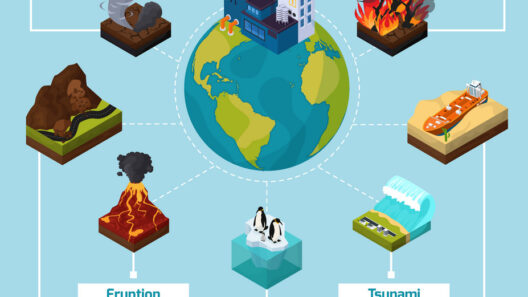Global warming is often misconstrued as an incongruous concept—how can the planet be heating up if it snows? This paradox raises eyebrows and fuels skepticism. However, the reality is far more complex and demanding of our understanding. To grasp the intricacies of climate dynamics, it is vital to debunk common myths surrounding global warming and its manifestations, even in the depths of winter.
First and foremost, it is crucial to delineate the distinction between weather and climate. Weather encompasses short-term atmospheric conditions—daily fluctuations that can sway from balmy to frigid within hours. In contrast, climate encompasses long-term patterns and averages of weather over extended periods, typically decades. While individuals may experience a cold winter, this does not invalidate the overarching trend of rising global temperatures. It is feasible for locales to witness severe cold snaps even while the Earth as a whole continues to warm.
Climate change operates on a global scale, inexorably altering ecosystems, weather systems, and atmospheric patterns. One significant aspect of this alteration is the increased incidence of extreme weather events. These events often manifest as intense storm systems that can bring copious amounts of snowfall to areas typically warm in the winter. Ironically, it is in instances like these that the impact of climate change becomes most palpable. Such storms are fueled by warmer air, which holds more moisture than colder air. As a result, when conditions align, the precipitation can fall as heavy snow, illustrating that a warming atmosphere can still result in cold weather phenomena.
Moreover, another point of contention involves the concept of “global weirding.” This term characterizes a range of unpredictable variations in weather patterns attributable to climate change. A seemingly cold winter can emerge in a world that is, on average, getting warmer. This phenomenon occurs because climate change disrupts the established atmospheric currents and jet streams that govern weather patterns. The polar vortex—a large area of low pressure and cold air surrounding the Earth’s poles—can become unstable, causing episodes of extreme cold to plunge further south than usual, leading to harsh winters in ordinarily temperate regions.
To further cement understanding, we must examine localized climate conditions. The effects of climate change are not homogeneous across the globe; regions experience varying impacts due to geographical and ecological differences. For instance, while one area may experience an abrupt cold spell, neighboring regions might be grappling with unprecedented heat. This disparity highlights the localized complexities of climate systems, emphasizing that global warming does not negate temporary weather conditions that could be characterized as cold.
Another common myth revolves around the supposed absence of evidence linking human activity to global warming. As the industrial age burgeoned, a significant increase in greenhouse gas emissions ensued, primarily from fossil fuel combustion, deforestation, and agriculture. This anthropogenic influence has provoked alterations in the climate system, correlated with rising sea levels and increasing global temperatures. The scientific consensus is robust: there is substantial evidence that human activities exacerbate climate change and, by extension, influence weather patterns, including cold snaps.
Additionally, the perspective on “normal” weather must be reconsidered. Climatological averages are not static; they evolve over time. The winters of yesteryear cannot be equated with modern winters, as the concept of “normal” continues to shift in response to rising temperatures and changing precipitation patterns. Old paradigms of winter weather, characterized by predictable cold and snowfall, are supplanted by a more disordered and dynamic climate characterized by erratic fluctuations.
Acknowledging these facts demands a psychological shift. Individuals must confront cognitive dissonance, reconciling the reality of a warming planet with their lived experiences during a frigid winter. This paradigm shift opens avenues for deeper inquiry and engagement with climate science. Instead of disregarding global warming due to fleeting weather phenomena, individuals are encouraged to explore the broader, intricate ecological tapestry that climate change weaves.
It is equally important to recognize the potential for solutions and resilience in the face of this global crisis. Activating communities to embrace sustainable practices and advocate for systematic change can counteract the detrimental effects of climate change. The integration of renewable energy sources, habitat restoration, and sustainable agricultural practices can mitigate the severity of climate-related disruptions, empowering societies to craft their destinies in a warming world.
In conclusion, snow does not negate global warming; rather, it is a clarion call to deepen our understanding of climate systems. The complexities of weather and climate, along with the disruptions caused by human activity, forge an urgent narrative of resilience and responsibility. By embracing scientific literacy and increasing curiosity about climate dynamics, individuals can become proactive stewards of the planet, fostering a reality where awareness transforms into action. The path forward demands unity, innovation, and a commitment to safeguarding our shared home against the relentless march of climate change.
